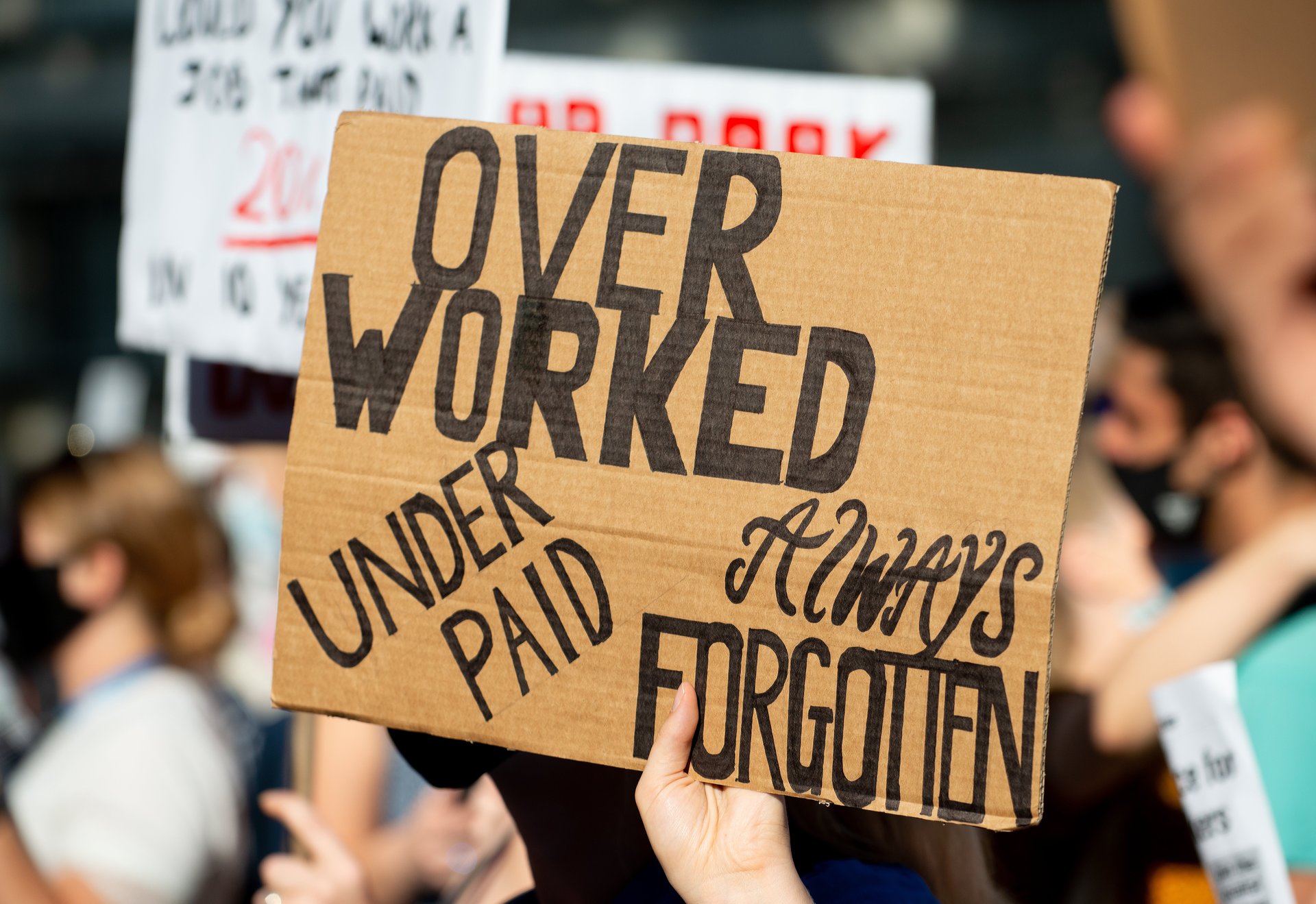How to examine your pay practices at scale
4 ways to invest in pay equity to advance diversity, equity, and inclusion

Organizations today are becoming increasingly aware that fair pay is a business imperative—essential for attracting top talent, building an inclusive workplace, and cementing themselves as top employers and industry leaders. If you talk to leaders, you likely won’t find a single one not committed to ensuring equity at their company. In principle, at least.
Talking about change is one thing. Good intentions are another. But doing the actual deep work of defining and measuring equity—and correcting issues if and when it is necessary—is entirely different. And it’s what is required to create true equity.
Taking an inside-out approach
In the US, regulatory modifications are pushing things in the right direction, as roughly one in four US workers now live where employers are required to share pay ranges by law. This transparency is vital in closing wage gaps and leveling the playing field.
But organizations must keep looking inward. Fair pay doesn’t happen overnight. It requires:
- Implementing standard job architectures and pay frameworks
- Regular reviews and salary adjustments
- Ongoing commitment to pay transparency for employees
For instance, at SAP, we commissioned an analysis across our company—both globally and at the US level—to examine pay against comparable roles. We were delighted that our employees are paid equally for equal work in nearly 99% of cases. We adjusted compensation for anyone out of that statistical threshold.
And most importantly, true fair pay means that companies must think about the concept beyond a single measure for reducing gender and ethnicity pay gaps and instead as a guiding principle for the processes, programs, and guidelines across the organization.
Painting the bigger picture
Fair pay is just one example of equity in the workplace, and it’s an easy-to-measure one. However, even a statistical analysis on fair pay across similar roles starts with the assumption that everyone is already in the best job for their skills and potential, to begin with. These analyses don’t—and can’t—tell the entire story.
So, consider this: pay equity is just one of several components of workplace equity. The complete picture is simply much more significant than what we’ve discussed so far.
Importantly, organizations must address the systemic and cultural factors that create (or potentially limit) access to career opportunities—those key moments in the hiring, career development, and promotion process that influence how someone finds themselves with a particular opportunity in the first place.
This focus is critical, as it’s where some of the most complex and challenging changes must occur, given the connection to social relationships, networking, mentoring, potential bias, and other nuances that can quietly find themselves deeply ingrained in existing work structures and cultural norms. So here are things that organizations must be thinking about:
- Succession planning: This foretells the future of your entire organization. Are we showing what we want our leadership—and, by extension, our teams—to look like? It starts with elevating folks from all backgrounds with intention and conviction.
- Re-examine the talent funnel: Where building out a more equitable future means building out a deep and talented roster of potential candidates spanning all genders, races, and backgrounds. We must learn about these candidates well before we ever need them and make them a part of our future planning.
- Consider working parents and caretakers: Who must be well-supported and cared for at work and home. Let’s ensure our policies and practices are designed to support, not constrain, those dedicated to caretaking and family building, whoever they may be.
- Ensure access to opportunity: It’s often not just what you know but who you know that connects you to an opportunity. Ensuring diverse talent has access to mentors and careers is critical because promotion-focused decision-making must happen in a balanced and measured way, not subject to familiarity bias. Awareness alone does not necessarily lead to equality, so we must work to put our money where our mouth is by bringing qualified diverse candidates across the finish line and putting them on the fast track to growth and excellence within the organization.
Transforming tomorrow
This work isn’t stopping anytime soon, but the good news is that we, as an industry, are improving at defining the work that needs to be done. Organizations can start with a methodical pay equity analysis to ensure fair pay. Then they can expand to assess the processes, systems, and cultural norms in place that can affect access to opportunity.
This holistic view puts us on the path to continual evolution that helps us fully realize the power of the diverse communities we want to foster.
And fully transform principle into action.
Supriya Jha is chief diversity & inclusion officer at SAP and has been an architect of impactful and successful diversity & inclusion programs for over 14 years at various organizations. In her current role at SAP, Supriya is key in ensuring all stages of the employee journey are inclusive.
Megan Smith is diverse career journey at SAP spans almost two decades, across multiple lines of business: from instructional design and training to product management and, for the majority of time, in HR.
